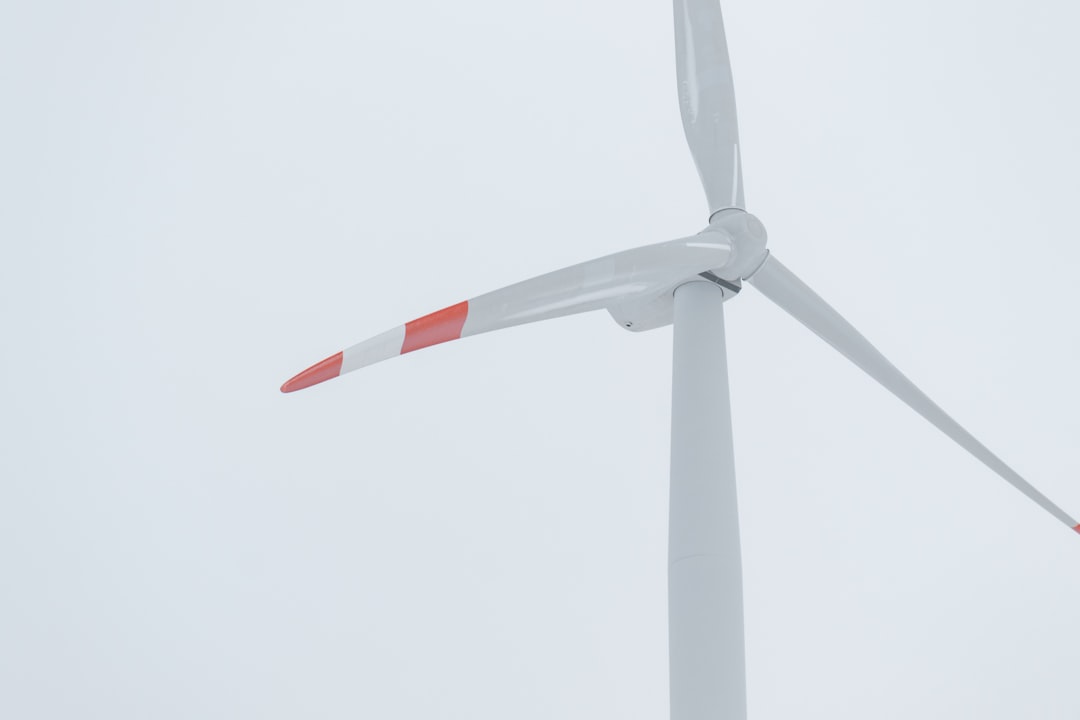Wind turbines, the silent giants of renewable energy, rely on complex and robust support systems to harness the power of the wind. These systems are crucial for the efficient and safe operation of the turbine, ensuring optimal energy generation and a long lifespan. This comprehensive guide delves into the intricacies of wind turbine blade support systems, exploring their design, functionality, and maintenance.
1. The Nacelle: The Heart of the Support System
The nacelle, a large, enclosed structure situated at the top of the tower, houses the core components of the wind turbine, including the gearbox, generator, and the crucial blade support systems. It acts as a central hub, protecting these sensitive components from the elements while providing a stable platform for the rotating blades. The nacelle’s design is crucial for minimizing vibrations and stresses on the blades and internal machinery. Advanced nacelles incorporate sophisticated monitoring systems that track performance data and provide early warnings of potential issues, enhancing reliability and reducing downtime.
2. Pitch Systems: Controlling the Blade Angle for Optimal Performance
Pitch systems are essential for regulating the angle of the turbine blades. By adjusting the pitch angle, the turbine can optimize its power output under varying wind conditions. In high-wind situations, the blades are pitched to a feathered position, reducing the surface area exposed to the wind and preventing damage. Conversely, in lower wind speeds, the pitch angle is adjusted to maximize energy capture. These systems typically utilize hydraulic or electric actuators, controlled by sophisticated algorithms that monitor wind speed and direction, ensuring optimal performance and protection against extreme weather events. Different types of pitch systems exist, including individual blade pitch control and collective pitch control, each with its own advantages and disadvantages.
3. Yaw Systems: Keeping the Blades Facing the Wind
While pitch systems control the blade angle, yaw systems are responsible for orienting the entire rotor assembly to face directly into the wind. This is crucial for maximizing energy capture and reducing stress on the turbine components. Yaw systems typically consist of a large ring gear, a motor, and a gearbox, allowing the nacelle to rotate slowly and accurately to track the wind. Accurate yaw control is critical, as even slight misalignment can significantly reduce energy output and increase wear and tear on the turbine components. Modern yaw systems often incorporate advanced sensors and control algorithms to ensure precise and efficient wind tracking.
4. Bearings: The Foundation of Smooth Rotation
Bearings are the unsung heroes of wind turbine blade support systems. These critical components enable the smooth and efficient rotation of the rotor, reducing friction and minimizing wear and tear. Wind turbines utilize various types of bearings, including main bearings, pitch bearings, and yaw bearings, each designed to withstand significant loads and operate reliably under demanding conditions. The selection of appropriate bearings is crucial for ensuring the longevity and efficiency of the turbine. Regular inspection and maintenance of bearings are essential to prevent premature failure and ensure the continued smooth operation of the turbine.
5. Materials and Maintenance: Ensuring Longevity and Reliability
The materials used in wind turbine blade support systems are carefully selected to withstand the harsh environmental conditions they experience. High-strength steels, advanced composites, and durable polymers are commonly employed to ensure robustness and longevity. Regular maintenance is crucial for ensuring the continued efficient and safe operation of these systems. This includes routine inspections, lubrication, and replacement of worn or damaged components. Predictive maintenance techniques, utilizing data from sensors and monitoring systems, are increasingly being employed to optimize maintenance schedules and minimize downtime. Advanced materials and proactive maintenance strategies are vital for maximizing the lifespan and reliability of wind turbine blade support systems.
In conclusion, the intricate network of components within wind turbine blade support systems is critical for the successful operation of these renewable energy powerhouses. From the robust nacelle to the precisely controlled pitch and yaw systems, and the durable bearings at the heart of the rotation, every element plays a vital role in generating clean energy efficiently and safely. Continued innovation in materials and maintenance strategies ensures that these systems continue to evolve, meeting the growing demands of a sustainable future.
SEO-Friendly Tags:
- Wind Turbine Blade Support
- Wind Turbine Pitch System
- Wind Turbine Yaw System
- Wind Turbine Bearings
- Wind Turbine Nacelle




